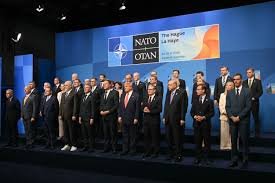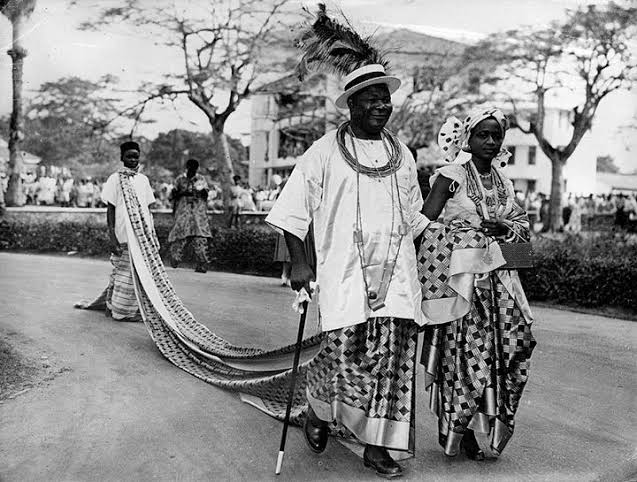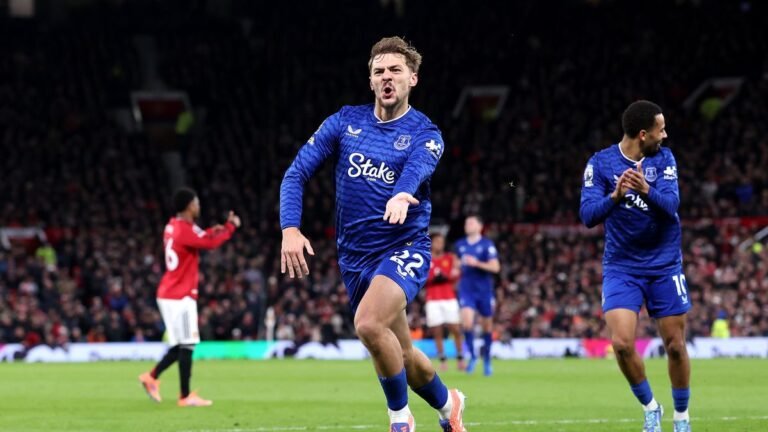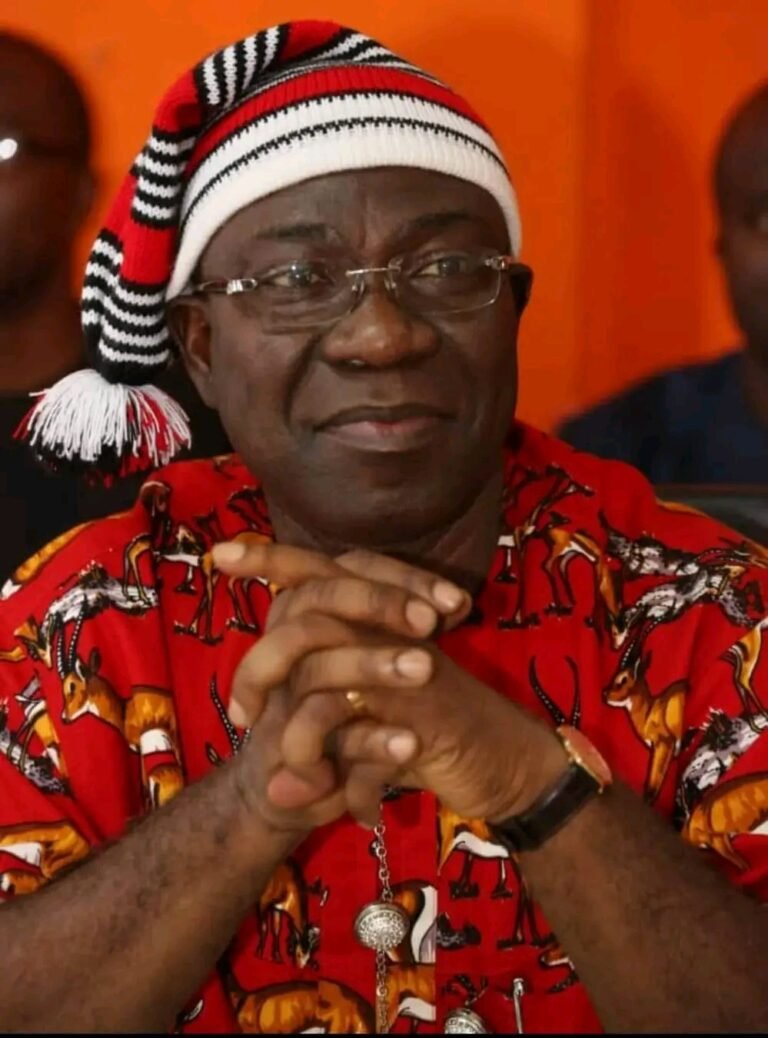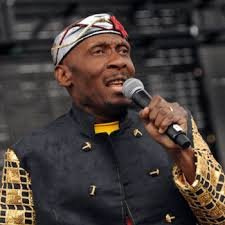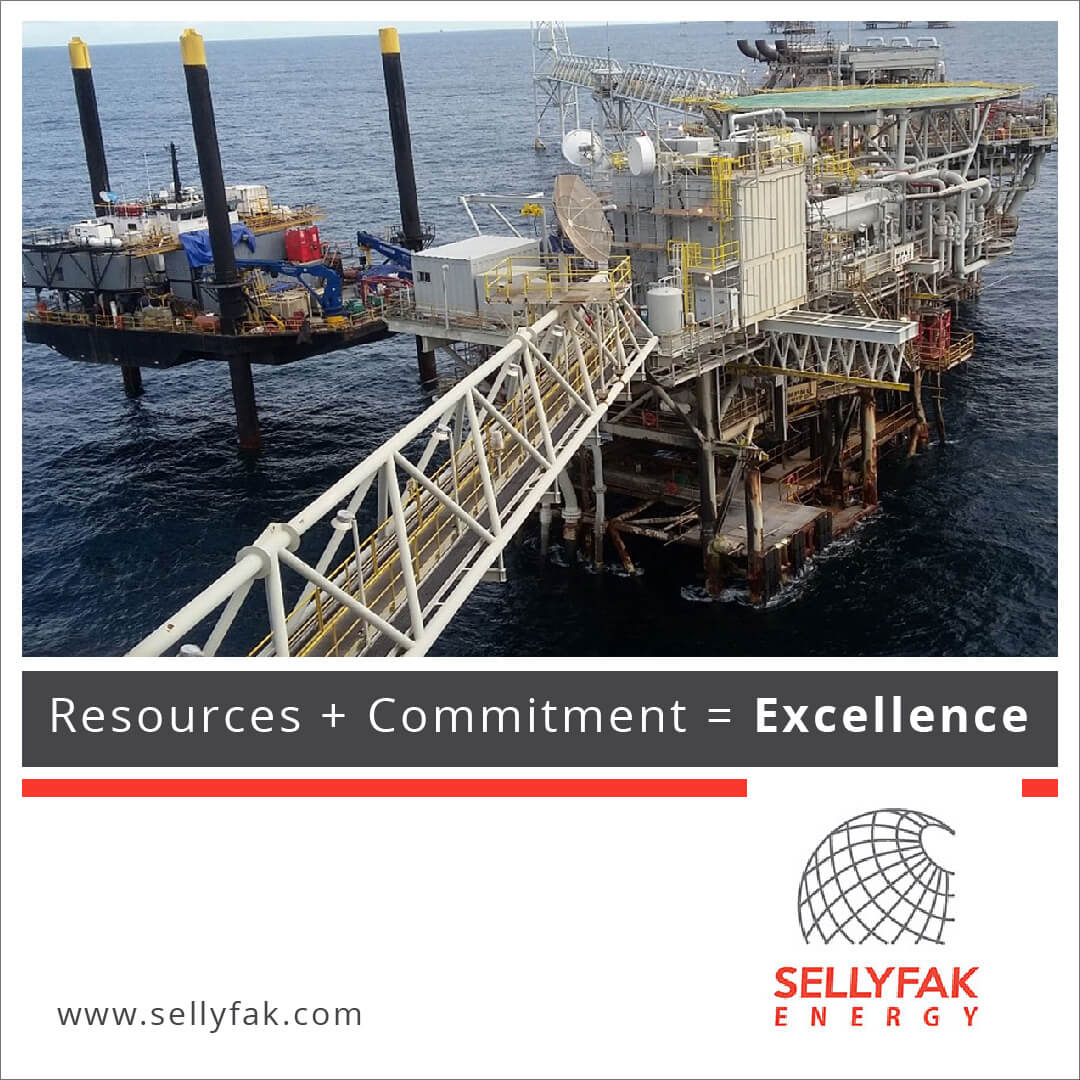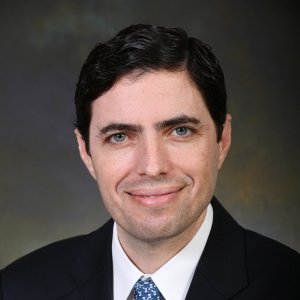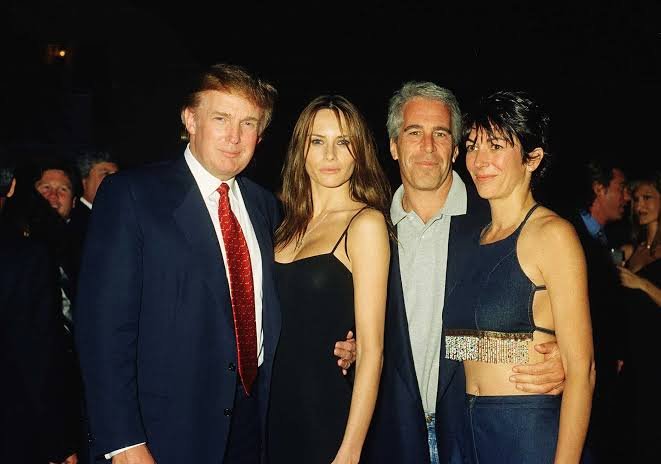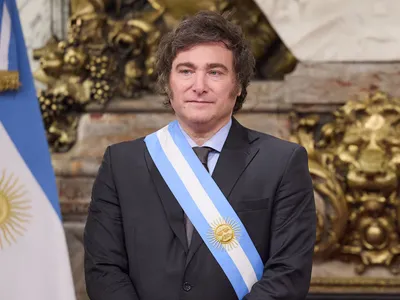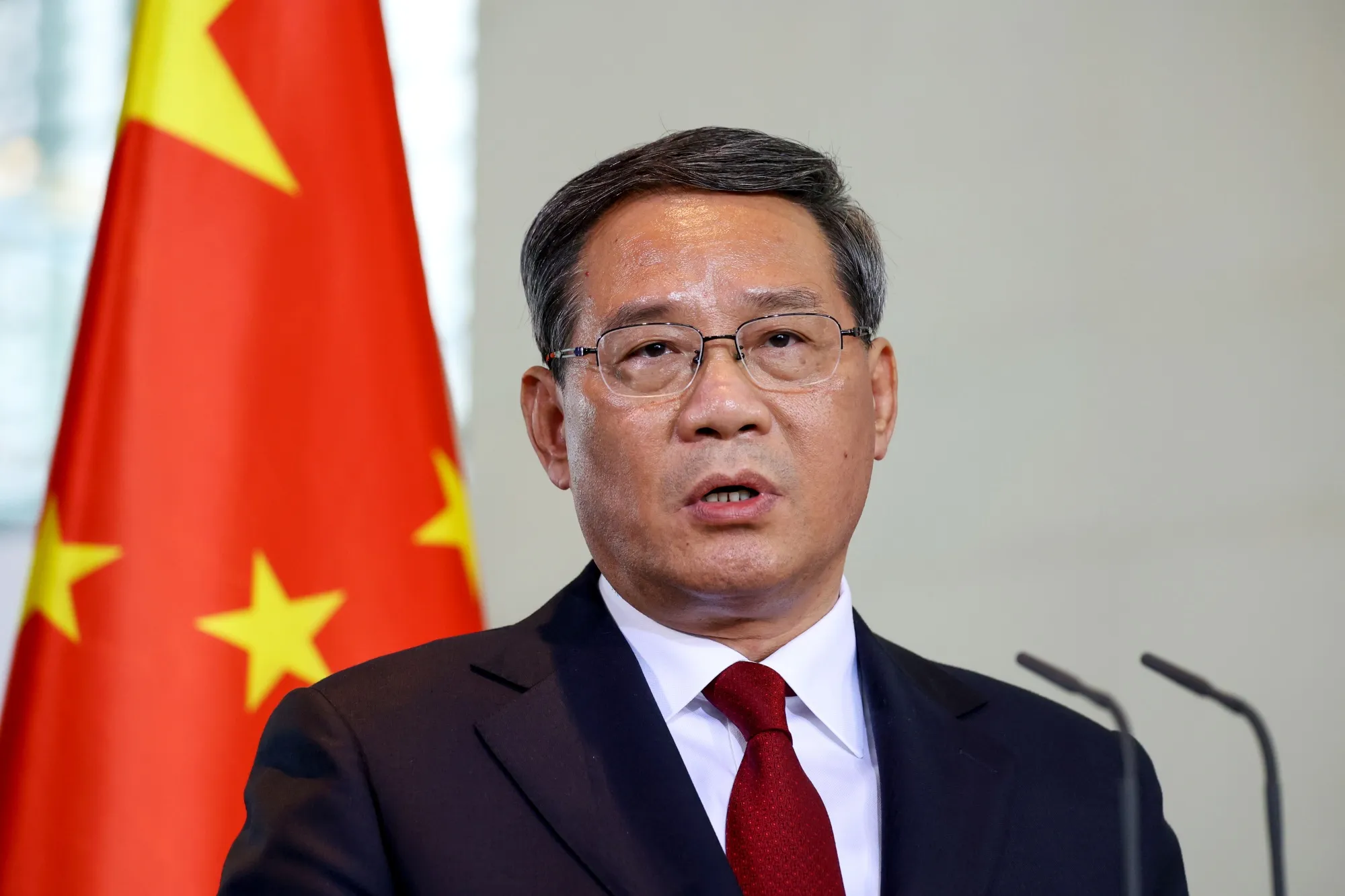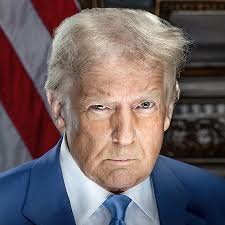NATO allies on Wednesday agreed to more than double their collective defense spending target from 2% to 5% of GDP by 2035. The move, comes amid growing global instability and increasing pressure, particularly from the United States, for Europe and Canada to shoulder more of the defense burden.
According to a joint declaration released after the summit, NATO allies are “united in the face of profound security threats,” particularly from Russia and terrorism. The new spending commitment will require member states to allocate at least 3.5% of GDP to core defense areas such as personnel, equipment, and military readiness. The remaining 1.5% will fund critical infrastructure and security-related investments aimed at boosting civil preparedness, innovation, and industrial capacity.
To ensure accountability, each member state must submit annual plans outlining a credible, step-by-step path to reaching the 5% target. This provision follows resistance from countries like Spain, which has not yet met the original 2% goal set in 2014.
Global Tensions
The dramatic increase in defense spending comes against the backdrop of the ongoing Russia-Ukraine war, escalating tensions in the Middle East, and years of U.S. criticism especially under former President Donald Trump that NATO’s European members are not pulling their weight with NATO Secretary General Mark Rutte calling the agreement a “quantum leap” for the alliance.
This comes following fresh uncertainty stirred by Trump’s remarks suggesting that NATO’s article 5 application could be open to interpretation.
Despite Trump’s ambiguous statements, Rutte said he trusts the former president and believes the U.S. remains fully committed to NATO. “Article 5 is absolutely clear,” Rutte said, while acknowledging that its implementation has always been deliberately vague to preserve strategic flexibility.
Other Leaders on Board
Spain, which had voiced concern over the spending hike, was ultimately seen as cooperative. Rutte noted that Madrid appeared serious about meeting the 3.5% minimum defense target. German officials also downplayed the pushback, with Foreign Minister Johann Wadephul noting that Spain realized opposing the other 31 members was impractical.
Finland’s President Alexander Stubb described the summit atmosphere as “cool, calm and collected,” calling the agreement a “rebalancing” of NATO with a greater role for Europe. “There was a lot of self-congratulation, and rightly so,” he said. “In many ways, this was NATO returning to its roots of collective self-defense.”
Stubb and other leaders welcomed the increased commitments from European nations and noted that the U.S. now sees Europe as a more serious and engaged partner. “The Americans are happy,” he said. “The Europeans have woken up and smelled the coffee.”
Ultimately, the summit sent a strong message of unity, with NATO making clear its readiness to invest heavily in collective defense and long-term resilience. The alliance may still face internal political and economic challenges in meeting the 5% target, but for now, it has made its intentions unmistakably clear.


